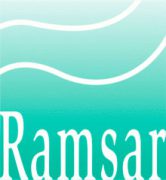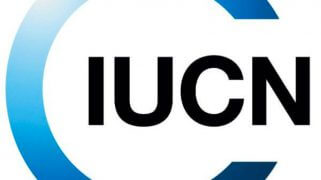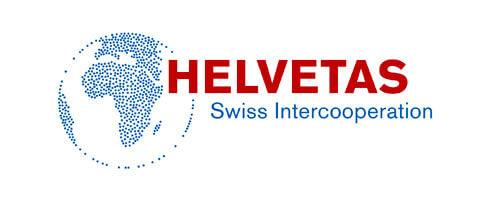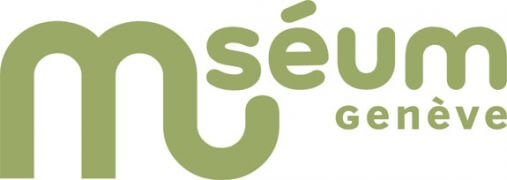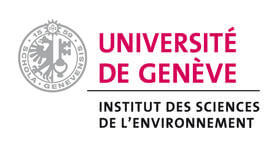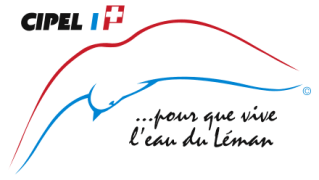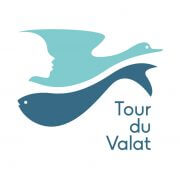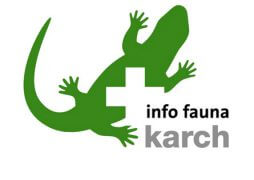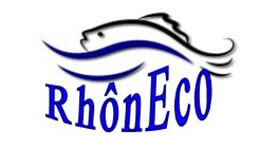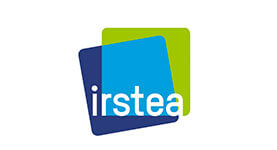In its mission to educate people about sustainable development, the Aquatis Foundation is supported by partners actively involved in conservation, the study of biodiversity and sustainable development.
In order to provide reliable, up-to-date scientific content on the AQUATIS Aquarium-Vivarium Lausanne itinerary, and to strengthen links between the scientific community and the general public, the Aquatis Foundation is developing partnerships with non-governmental organizations, universities and research centers:
The Ramsar Convention
The Ramsar Convention is an intergovernmental treaty providing a framework for national action and international cooperation on wetland conservation.
The International Union for Conservation of Nature (IUCN)
IUCN develops and supports cutting-edge conservation science, particularly concerning species, ecosystems and biological diversity.
HELVETAS
HELVETAS Swiss Intercooperation is involved in development cooperation and emergency aid, particularly for access to drinking water.
Lake Geneva 21 project
Léman 21 is a cross-disciplinary research project involving the University of Lausanne, the University of Geneva, the École Polytechnique Fédérale de Lausanne, the Swiss Federal Institute of Aquatic Research and the Swiss National Science Foundation. The aim of the project is to understand the dynamics of micropollutants in Lake Geneva.
Natural History Museum of the City of Geneva
The Muséum conserves millions of specimens, serving scientific research, disseminating knowledge and raising public awareness of the importance of our natural heritage.
The Institute of Environmental Sciences at the University of Geneva
ISE's core missions are research and teaching in the many interconnected fields of the environment. Key areas include climate, water, biodiversity, energy, urban planning, sustainable development and environmental governance, the links between these fields and beyond.
International Commission for the Protection of the Waters of Lake Geneva (CIPEL)
CIPEL monitors changes in water quality in Lake Geneva, the Rhône and their tributaries. It strives to maintain or restore the aquatic environment to a good state, while also allowing certain uses of the lake (drinking water, nautical activities, fishing).
Tour du Valat Foundation
The Tour du Valat, located in the heart of the Camargue, is a private research organization whose mission is to ensure the conservation and rational use of Mediterranean wetlands by
improving understanding of how they work, and mobilizing a community of stakeholders.
The Coordination Center for Amphibian and Reptile Protection in Switzerland (karch)
The karch manages and updates the national amphibian and reptile database on behalf of the Federal Office for the Environment (FOEN). It is a center of competence and advice on native herpetofauna, and strives to promote and coordinate activities linked to the study and protection of native amphibians and reptiles.
RhonEco
CNRS, IRSTEA and GRAIE provide Fondation Aquatis with content sources
on topics related to the hydraulic and ecological restoration program for the
Rhone and its scientific monitoring (RhônEco program), in relation to the part of the course
tour of the Rhône River, from its source in the Alps to its mouth in the
Camargue.
CNRS, French National Center for Scientific Research
The CNRS, a French public research organization, produces fundamental knowledge that is put to use in a wide range of applications.
service to society. Two of its laboratories, shared with the University of Lyon, are associated with
Aquatis. Environment, City, Society Laboratory (UMR 5600) has expertise in the
the field of river dynamics, studying the effects of human developments and actions
on river forms and processes. Hydrosystems Ecology Laboratory
Natural and Anthropized (UMR 5023) studies the biological and ecological mechanisms involved in the
the functioning of hydrosystems, forecasting the effects of global change and measuring
the effects of Rhône restoration operations.
IRSTEA
IRSTEA, Institut National de Recherche en Sciences et Technologies pour l'Environnement et
Agriculture
IRSTEA, a French research organization, works on the sustainable development of land and water.
water management and associated risks, droughts, floods, the study of ecosystems
and biodiversity in their interrelations with human activities. The
Lyon-Villeurbanne studies sediment and pollutant flows on the Rhône, and has developed
models to predict the ecological effects of physical river restoration.
GRAIE
GRAIE, Groupe de Recherche, d'Animation technique et d'Information sur l'Eau (Group for Research, Technical Coordination and Information on Water)
GRAIE, a French scientific and technical association, mobilizes players in water management,
aquatic environments and urban planning, and aims to develop a shared culture
based on knowledge and exchange of experience. Among its activities, GRAIE runs two
CNRS-approved research facilities in the Rhône : Rhône River Basin Workshop Zone (ZABR)
and Observatoire Hommes-Milieux Vallée du Rhône (OHM VR). These devices produce
knowledge of the river's ecological status and socio-ecosystem functioning, and
provide practitioners with decision-making tools.

